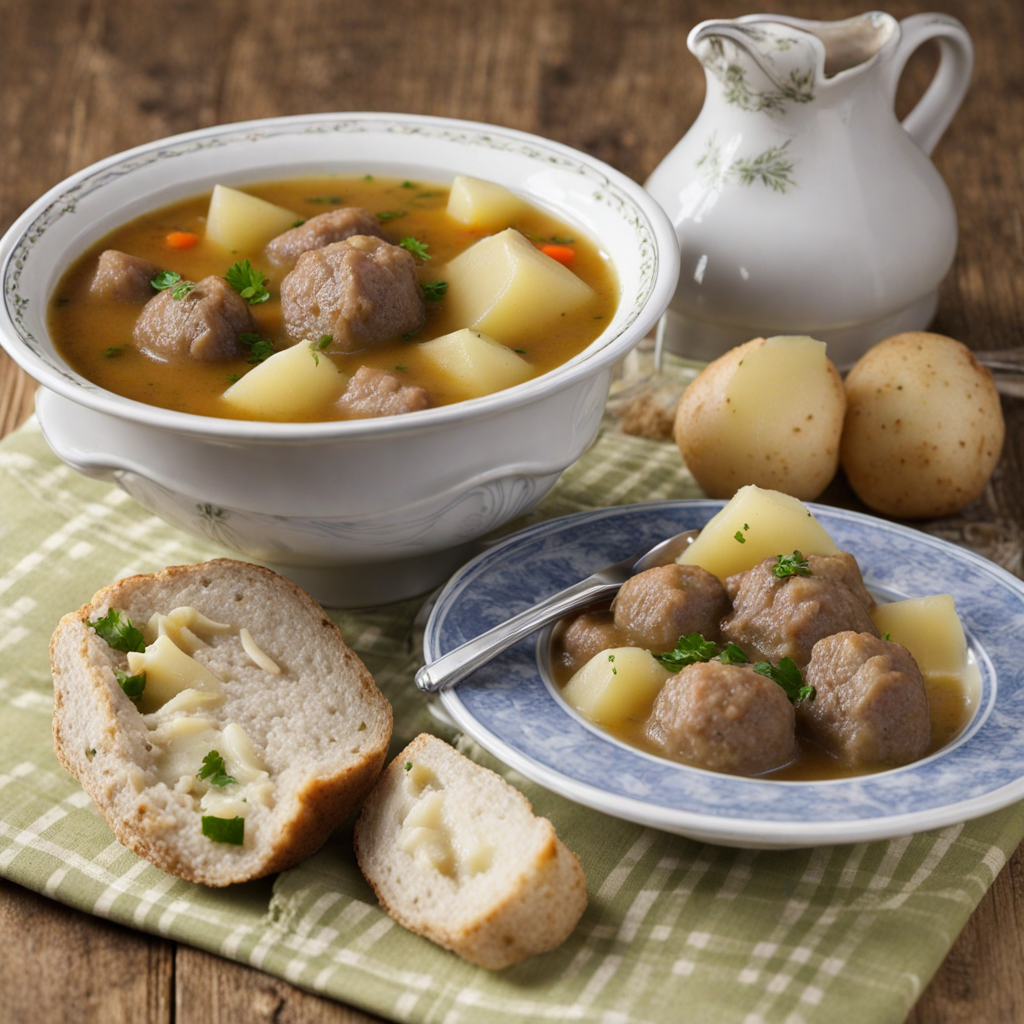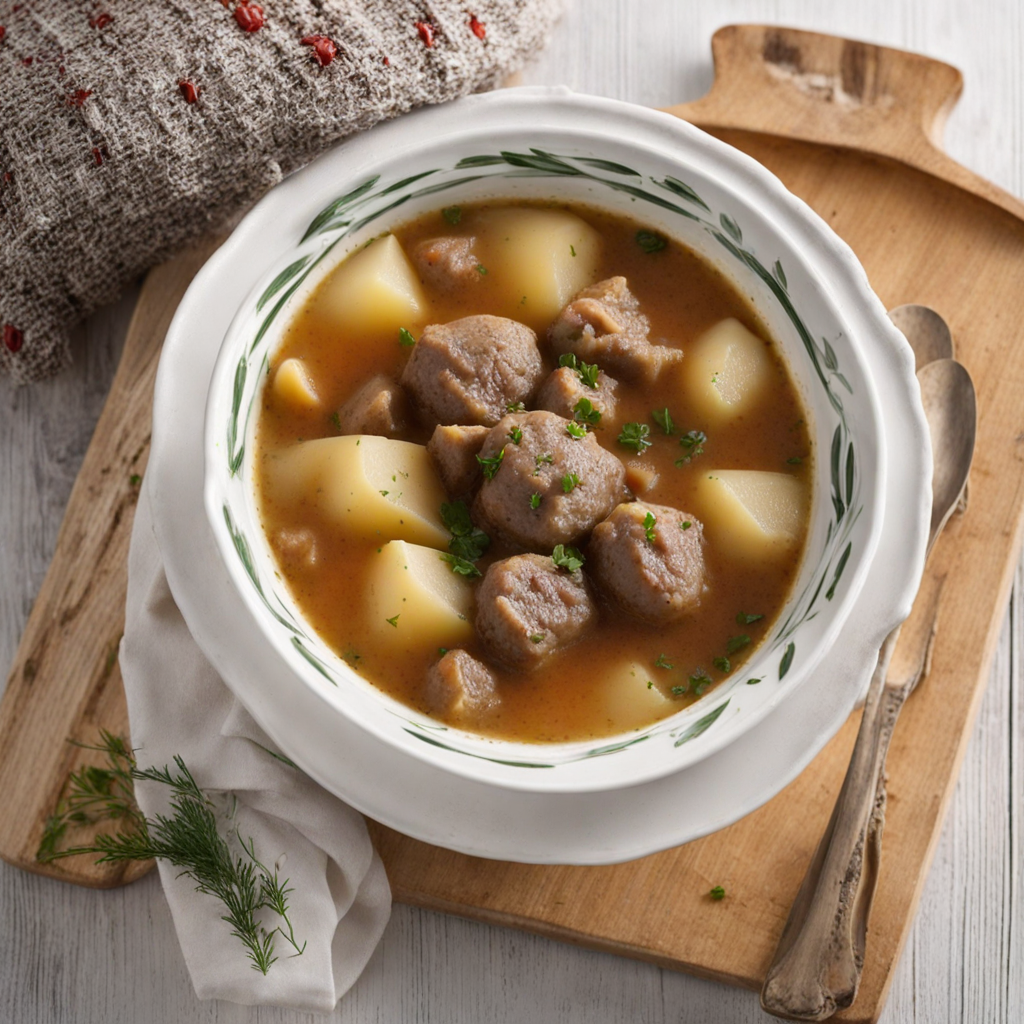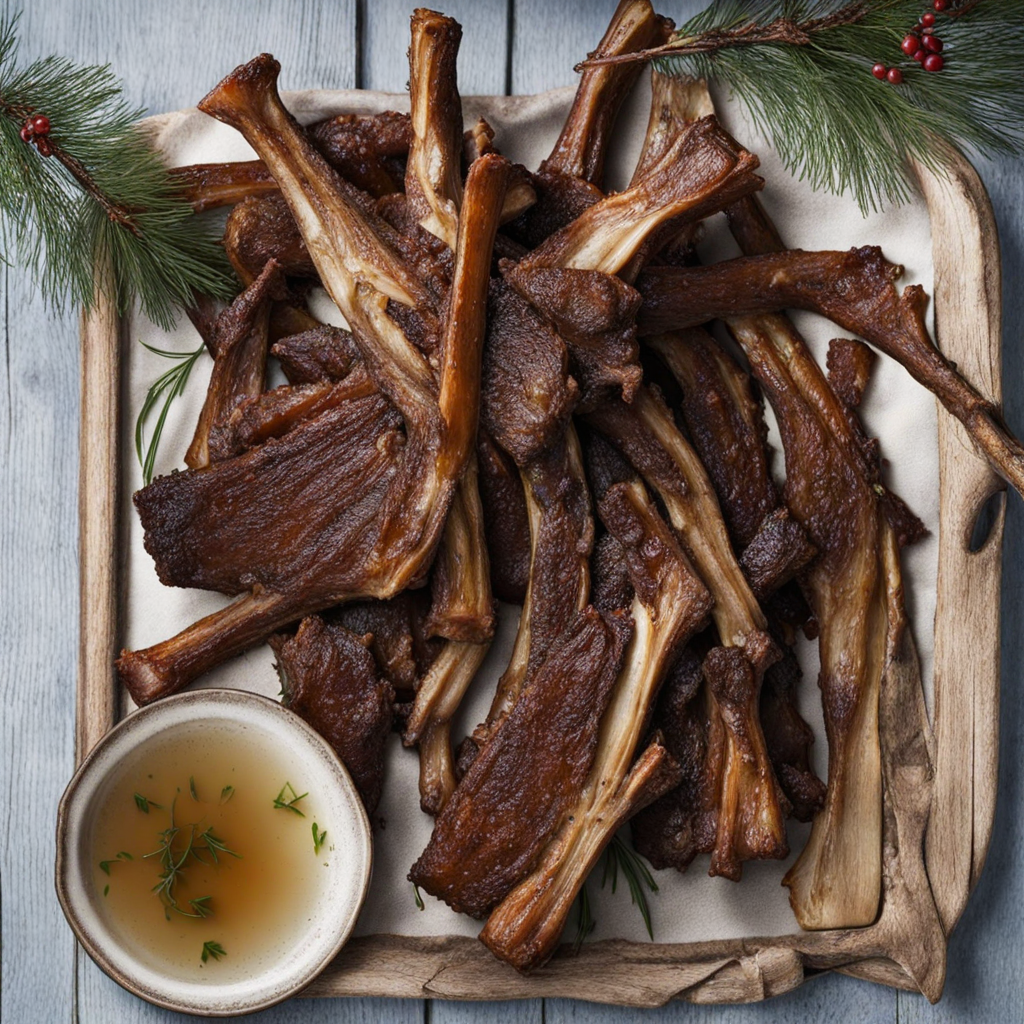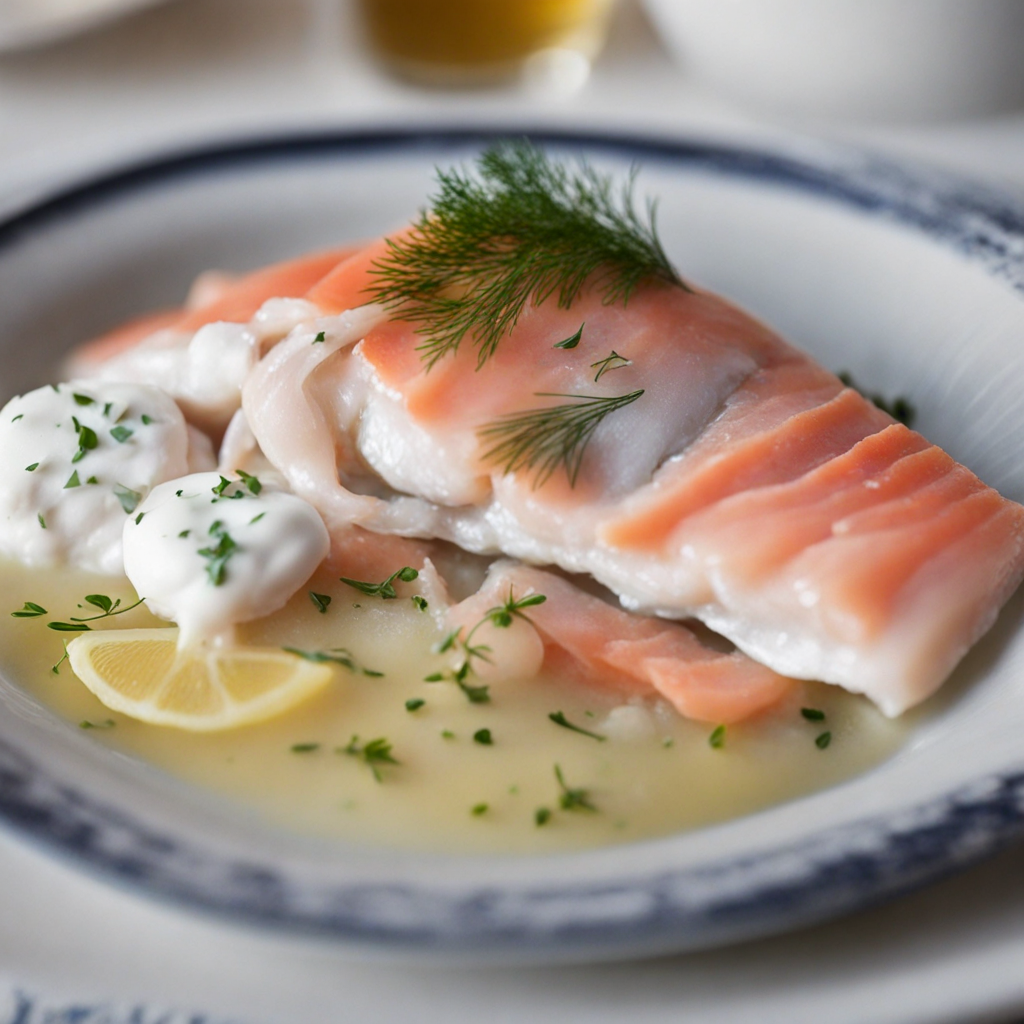Sodd
Sodd is a traditional Norwegian dish that offers a delightful blend of flavors and textures, making it a must-try for anyone looking to explore the culinary landscape of Norway. This hearty dish typically consists of tender pieces of meat, usually lamb or beef, which are simmered slowly in a rich broth. The meat is often accompanied by a medley of root vegetables, such as carrots and potatoes, that absorb the savory essence of the broth as they cook, resulting in a comforting and fulfilling meal. The dish is often seasoned with a careful selection of herbs and spices, enhancing its depth and aroma, which is particularly comforting during the colder months. The preparation of Sodd is an art in itself, often involving a slow-cooking process that allows the flavors to meld beautifully. This method not only ensures that the meat becomes incredibly tender but also allows the vegetables to release their natural sweetness into the broth. Traditionally served as a festive dish during family gatherings and celebrations, Sodd embodies the warmth of Norwegian hospitality. Each bowl of Sodd is a reminder of the country’s rich farming heritage and the importance of using local, seasonal ingredients. When enjoying Sodd, diners often appreciate the rustic presentation, with the vibrant colors of the vegetables standing out against the rich, hearty broth. The dish is usually served with a side of flatbread or a dollop of mustard, adding an extra layer of flavor and texture. Sodd is more than just a meal; it is a culinary experience that captures the essence of Norway’s culture and traditions. Whether you are savoring it at a cozy cabin in the mountains or in a bustling urban café, Sodd promises to be a delightful discovery for your palate.
How It Became This Dish
The History of Sodd: A Norwegian Culinary Tradition #### Origins Sodd, a traditional dish hailing from the northern regions of Norway, is a hearty soup that embodies the essence of Norwegian culinary heritage. Its roots can be traced back to the rural communities of the Trøndelag region, where farming and fishing were integral to daily life. The dish is primarily made from lamb or beef, often combined with root vegetables such as carrots and potatoes, and flavored with a variety of herbs. The use of simple, locally sourced ingredients reflects the historical necessity of utilizing available resources in a land characterized by harsh winters and rugged terrain. The name "sodd" itself is derived from the Old Norse word "sodda," meaning "to boil" or "to stew." This etymology highlights the dish's method of preparation and its role as a comforting meal during the long, cold months of the Norwegian winter. Over time, sodd has become synonymous with warmth and sustenance, showcasing the ingenuity of Norwegian cooks who crafted nourishing meals from limited ingredients. #### Cultural Significance Sodd holds a special place in Norwegian culture, particularly in the Trøndelag region where it is often associated with traditional celebrations and gatherings. It is a dish that transcends mere sustenance; it embodies communal values and the spirit of sharing. In rural communities, sodd is frequently prepared for special occasions such as weddings, christenings, and festive gatherings, reinforcing bonds among family and friends. The act of preparing and enjoying sodd together fosters a sense of belonging and continuity in Norwegian society. Moreover, sodd has a connection to Norway's agrarian lifestyle. In a country where the rhythms of life have long been dictated by the seasons, this dish serves as a reminder of the importance of food preservation and resourcefulness. Historically, families would prepare large batches of sodd during the autumn months when the harvest was plentiful, allowing them to enjoy nourishing meals throughout the winter. This practice not only minimized waste but also ensured that families remained fed during the leaner months. #### Development Over Time Throughout the years, sodd has evolved, adapting to changing tastes and new culinary influences while maintaining its core characteristics. In the early 20th century, as urbanization began to alter the landscape of Norwegian society, sodd made its way into the homes of city dwellers. The dish's adaptability allowed it to flourish beyond its rural origins, with urban cooks incorporating their twists on the classic recipe, often using more readily available ingredients. One notable change was the incorporation of various meats. While traditional sodd primarily featured lamb or beef, some modern variations include chicken or even fish, reflecting Norway's rich maritime heritage. This diversification not only speaks to the evolving nature of Norwegian cuisine but also highlights the cultural exchange that occurs when traditional recipes are adapted to fit the changing culinary landscape. The post-World War II era saw a resurgence of interest in traditional Norwegian foods as a means of reconnecting with cultural roots. Sodd enjoyed renewed popularity in the 1960s and 1970s, as Norwegians began to embrace their culinary heritage more fully. This period marked a significant shift in the perception of traditional foods; they were no longer seen as old-fashioned or obsolete, but rather as a vital part of national identity. As tourism began to flourish, sodd became emblematic of Norwegian cuisine, often featured in restaurants and culinary festivals, allowing visitors to experience authentic Norwegian flavors. In recent years, there has been a movement towards sustainability and local sourcing in the culinary world, which has further influenced the preparation of sodd. Contemporary cooks emphasize the importance of using locally sourced meats and vegetables, often opting for organic or pasture-raised options. This approach not only aligns with modern dietary preferences but also pays homage to the dish’s historical roots, where local ingredients were paramount. #### Sodd Today Today, sodd remains a beloved dish in Norway, celebrated for its comforting qualities and rich flavors. It is often served with a side of flatbread or traditional lefse, allowing diners to soak up the savory broth. While many families have their own cherished recipes passed down through generations, the core principles of sodd remain unchanged: simplicity, warmth, and the joy of sharing a meal. In Trøndelag, annual festivals and events celebrate the region's culinary heritage, and sodd often takes center stage. Local chefs and home cooks alike participate in competitions and demonstrations, showcasing their unique spins on the dish. This revival of interest not only preserves the tradition of sodd but also fosters a sense of community and pride in regional cuisine. Furthermore, as globalization influences culinary trends, sodd has found its place in the broader context of Scandinavian cuisine, which has gained international recognition. Chefs around the world are increasingly inspired by the flavors and techniques of Nordic cooking, and sodd's rustic charm has captured the attention of food enthusiasts beyond Norway's borders. #### Conclusion The journey of sodd from a humble rural dish to a symbol of Norwegian cultural identity is a testament to the resilience and adaptability of traditional foods. Its rich history mirrors the story of Norway itself—a land shaped by its natural environment and the enduring spirit of its people. As sodd continues to be celebrated and reimagined by new generations, it remains a delicious reminder of the importance of community, heritage, and the simple pleasures of sharing a meal. Whether enjoyed in a cozy home or at a lively festival, sodd is a dish that nourishes not only the body but also the soul, connecting Norwegians to their past while embracing the future.
You may like
Discover local flavors from Norway







